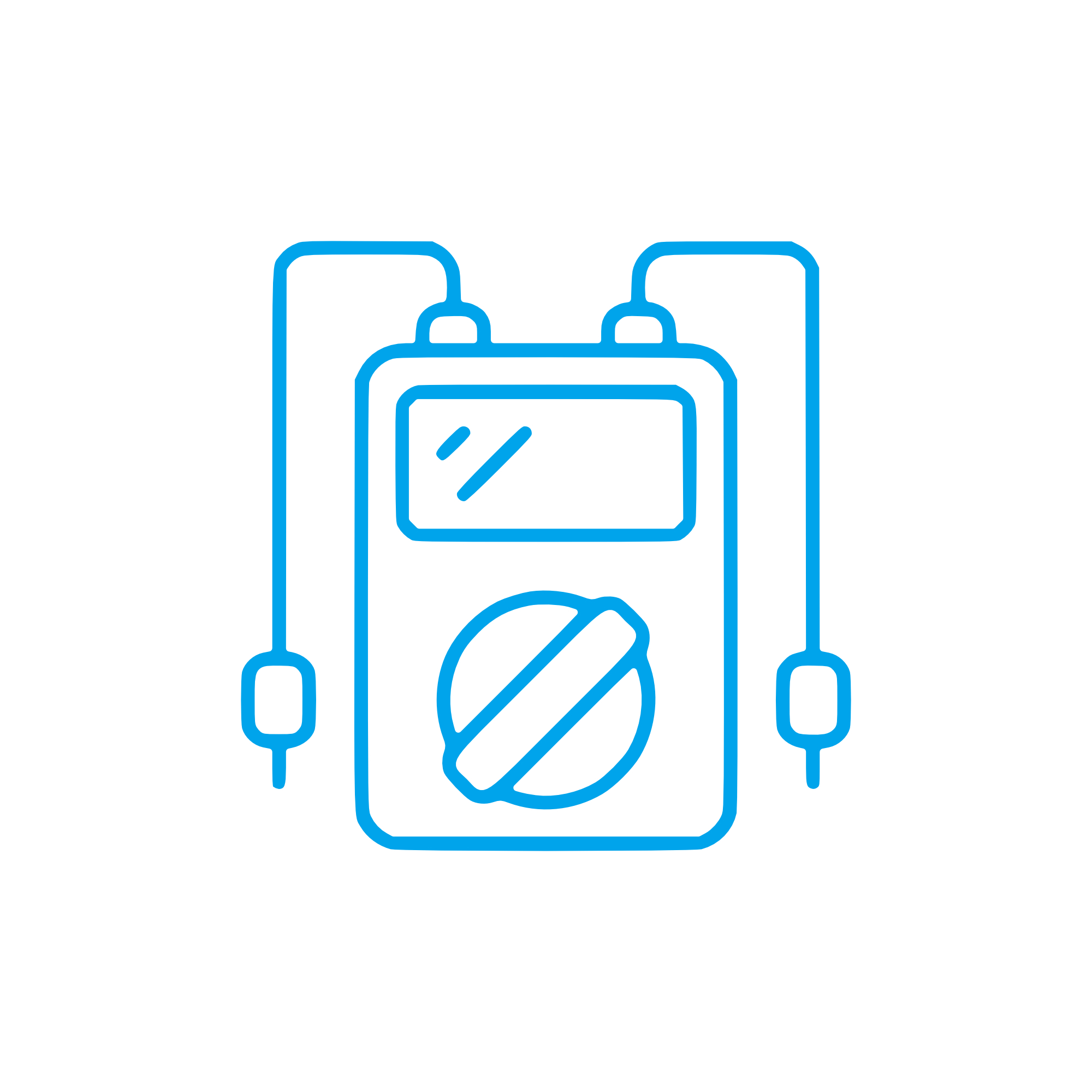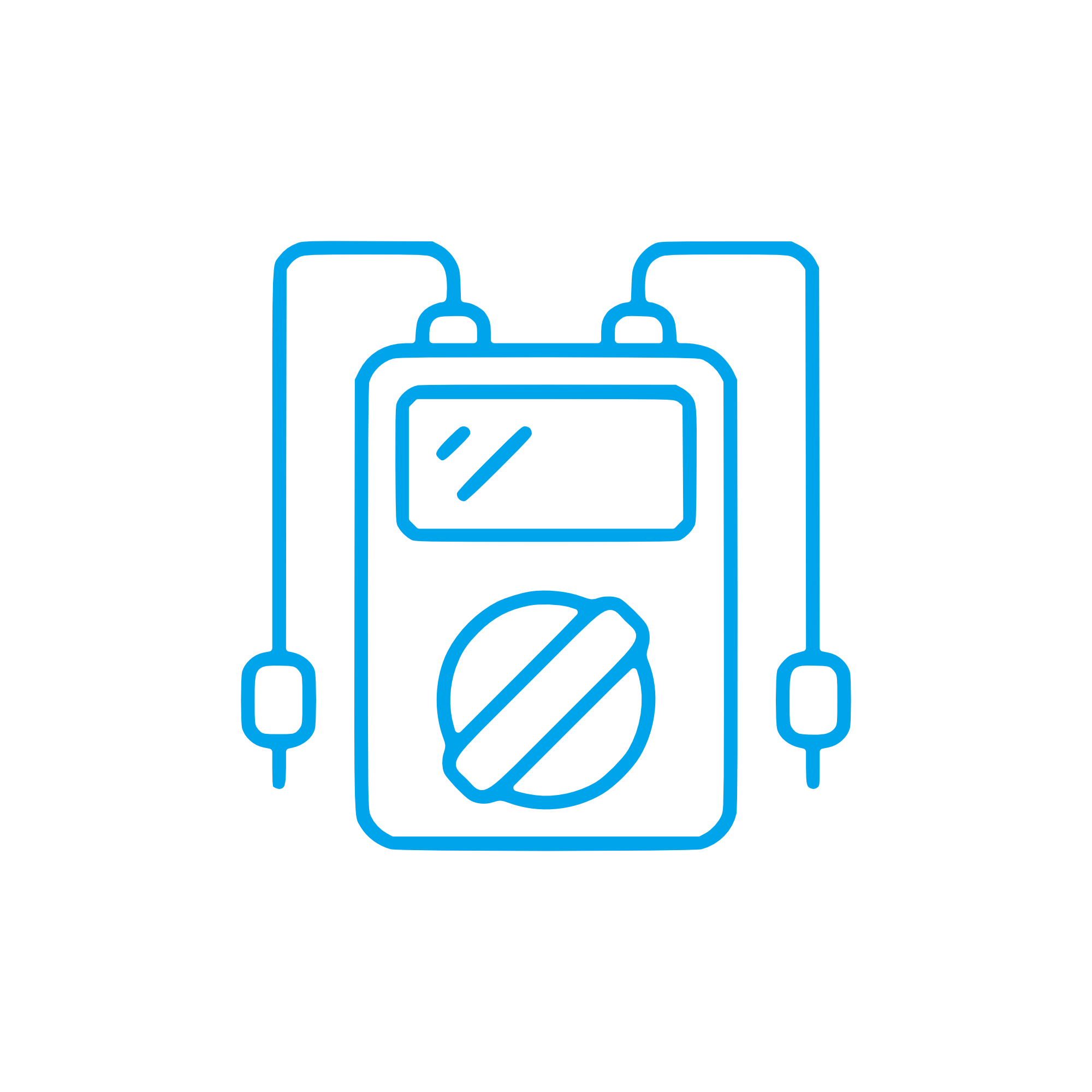REMOTE-READ THERMOMETER Gauges and Sensors for High‑Reliability Engines
Gauges and sensors are the measuring backbone of every propulsion or power‑generation system. In engines, they transform temperatures, pressures, speeds, levels, and flows into readable values and control signals that keep machinery within safe limits. Within this category, the REMOTE-READ THERMOMETER stands out as a precise, easy‑to‑position indicator of critical temperature zones—from jacket water and charge air to lube oil and exhaust manifolds. By making temperature data visible in the wheelhouse, ECR, or skid panel, these instruments help operators protect assets, reduce fuel consumption, and extend overhaul intervals.
Whether you manage a marine engine on a long‑haul vessel or a land‑based diesel engine driving a generator, fitting robust gauges and sensors ensures consistent monitoring, faster diagnostics, and stable performance. The result is fewer unplanned stops, better safety margins, and data you can trust for optimizing load, timing, and maintenance windows.
Technical function: Gauges and sensors with REMOTE-READ THERMOMETER in diesel and marine engines
Gauges and sensors convert physical phenomena into values and signals that operators and automation systems can act on. A REMOTE-READ THERMOMETER for a marine engine typically uses either a capillary/copper bulb system for mechanical indication or an RTD/thermocouple for electronic indication and control. The sensing element sits at the measurement point—such as engine coolant outlet or turbocharger casing—while the display is mounted remotely on the console. This separation keeps wiring or capillary runs protected and puts the readout where decisions are made.
In a diesel engine, core measurements include coolant temperature, lube oil pressure/temperature, fuel temperature, charge air temperature, and exhaust gas temperature per cylinder. The REMOTE-READ THERMOMETER diesel engine setup often interfaces with PLCs, ECUs, or vessel monitoring systems via 4–20 mA, PT100/PT1000, CAN bus, or NMEA 2000, enabling alarms, shutdowns, and trend logging. Accurate temperature insight stabilizes combustion, guards against thermal shock, and improves air/fuel management—direct levers on efficiency and emissions.
When configured as REMOTE-READ THERMOMETER OEM parts, engineering details matter: sensing element metallurgy, capillary length and protection, calibration curves, connector sealing, EMI shielding, and vibration resistance. Matching these attributes to the engine’s duty profile (continuous base load, harbor maneuvering, peak shaving) ensures that readings stay stable under heat soak, shock, and prolonged vibration.
- · Precise temperature capture at the source.
- · Remote, panel‑mounted indication for fast decisions.
- · Compatible with PLC/ECU and ship monitoring systems.
- · High resistance to vibration, heat, oil, and salt mist.
- · Clear scaling and color bands for quick alarm recognition.
- · Configurable sensing technologies (capillary, RTD, thermocouple).
- · Tight calibration tolerances for repeatable readings.
Why gauges and sensors are critical for reliability and service life
Engine health hinges on what you can measure. If gauges and sensors drift or fail, decision‑making becomes guesswork. Overstressed components run hotter, clearances close up, oil oxidizes faster, and failures escalate from minor to catastrophic. Typical consequences include liner scuffing from coolant imbalance, bearing damage after unnoticed oil temperature rise, turbocharger overspeed due to faulty air temperature data, and cylinder head cracking when EGT spikes go undetected. In marine operations, missing a developing trend can mean emergency diversion, off‑hire costs, and complex class inspections.
Accurate, stable measurements enable predictive maintenance. Trending a REMOTE-READ THERMOMETER marine engine reading over time highlights early heat exchanger fouling, stuck thermostatic valves, or air entrainment in coolant. Early intervention keeps parts within design limits, preserves efficiency, and protects service life. In short: reliable gauges and sensors are the cheapest insurance for uptime and fuel economy.
Advantages of OEM spare parts suitable for gauges and sensors
Selecting OEM spare parts suitable for Gauges and sensors preserves engine integrity and reduces lifecycle cost. These components are built to the same measurement ranges, thermowell fits, electrical pinouts, and calibration profiles specified for the engine platform. That means plug‑in installation, predictable readings, and no improvised adapters that introduce failure points.
Performance gains show up immediately: tighter tolerances yield more stable indication; sealing systems with proper IP ratings block moisture ingress; temperature compensation circuits maintain accuracy from cold start to full load; and approved materials withstand fuel, oil, and coolant chemistry. For the budget, fewer troubleshooting hours, lower false alarms, and longer calibration intervals translate into real savings across a maintenance cycle.
With REMOTE-READ THERMOMETER OEM parts you get measurement fidelity that aligns with automation setpoints, alarm thresholds, and class documentation. That alignment keeps shutdown logic trustworthy and avoids nuisance trips that disrupt schedules.
MOPA: fast, secure supply of OEM Gauges and sensors
MOPA is an experienced, reliable partner for OEM spare parts Gauges and sensors across diesel and gas engines. We prioritize speed, quality, and security in the trade of OEM parts, delivering accurate fitment for REMOTE-READ THERMOMETER assemblies, temperature senders, pressure transmitters, tachometers, level and flow sensors, and matching displays. Our team coordinates technical clarification, calibration certificates on request, and compliant documentation for marine approvals, helping purchasers and shipowners reduce lead time and procurement risk.
From single replacements to fleet‑wide standardization, MOPA streamlines sourcing so your engine room gets the right sensors, in the right ranges, with the right connectors—ready to install and commission.
REMOTE-READ THERMOMETER coverage and applications
Applications include propulsion engines, auxiliary gensets, compressor drives, and cogeneration units. Typical ranges cover coolant 40–110 °C, lube oil 40–130 °C, charge air up to 200 °C, and EGT sensors to higher limits using appropriate thermocouples. With proper thermowells and capillary routing or shielded cabling, installations remain robust against vibration and salt‑laden atmospheres common in marine engine rooms.
Conclusion: Gauges and sensors with REMOTE-READ THERMOMETER
Gauges and sensors—especially a well‑matched REMOTE-READ THERMOMETER—give operators the precise temperature insight needed to protect engines, optimize performance, and extend service life. Choosing OEM spare parts suitable for Gauges and sensors secures measurement accuracy, reliability, and total cost control. MOPA helps you achieve this with fast, secure delivery and proven technical support for diesel and gas engines.



